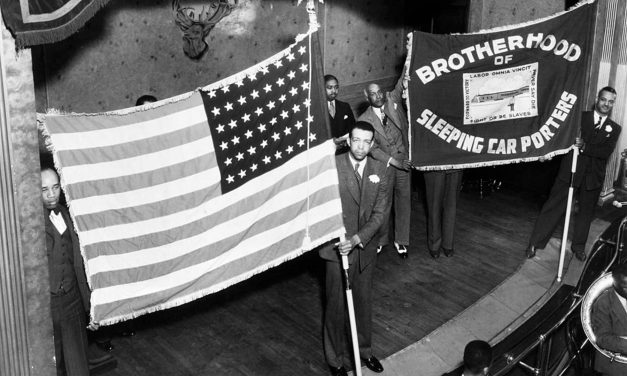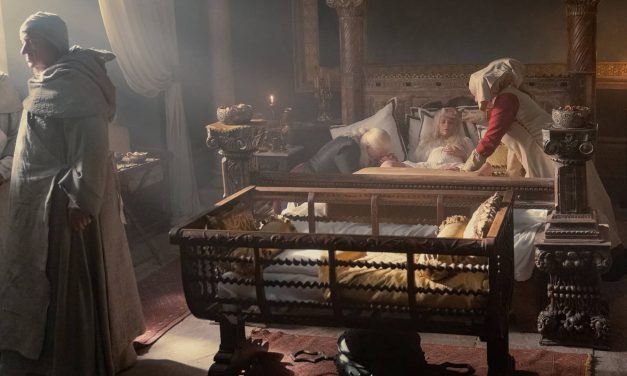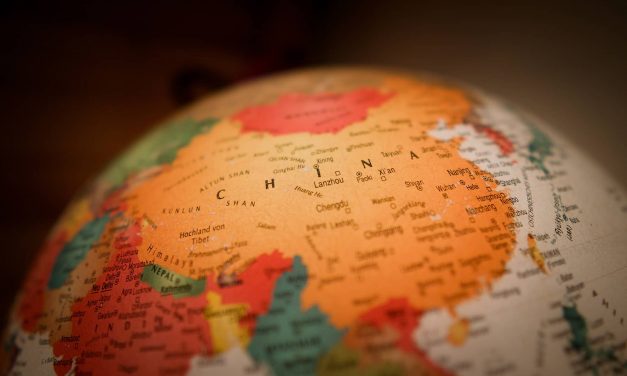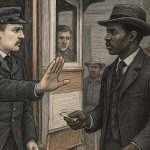Corporate Blowback: Self-organized labor movement to protect workers’ rights behind push for unions
By John Logan, Professor and Director of Labor and Employment Studies, San Francisco State University Labor Day 2022 came smack in the middle of what is increasingly looking like a pivotal year in the history of American unions. The summer has seen a steady stream of workforce mobilizations. Employees at Trader Joe’s locations in Massachusetts and Minneapolis both voted to unionize. Meanwhile, restaurant chain Chipotle saw the first of its stores unionize, following a vote by workers at an outlet in Lansing, Michigan. It comes on the back of a wave of successful efforts to mobilize at Starbucks and...
Read More














